GERMANY BLUE AMMONIA MARKET FORECAST 2024-2050
SCOPE OF THE REPORT
Germany Blue Ammonia Market by Technology (Steam Methane Reforming, Autothermal Reforming, Gas Partial Oxidation) Market by Application (Agriculture, Maritime Transport, Hydrogen Carrier, Power Generation, Other Applications)
REPORTS » ENVIRONMENT » ENVIRONMENT SERVICES » GERMANY BLUE AMMONIA MARKET FORECAST 2024-2050
MARKET OVERVIEW
The Germany blue ammonia market is valued at $15.02 million in 2024 and is set to garner $8937.07 million by 2050, growing at a CAGR of 51.95% during 2025-2030, 38.00% during 2030-2035, 24.97% during 2035-2040, 16.46% during 2040-2045, and 6.87% during 2045-2050.
Germany is targeting climate neutrality by 2045, and blue ammonia, manufactured using carbon capture and storage (CCS), is considered a viable avenue to reduce emissions in sectors such as shipping and power generation. The interest in blue ammonia in Germany arises from its potential to contribute to decarbonization objectives, especially in these key sectors.
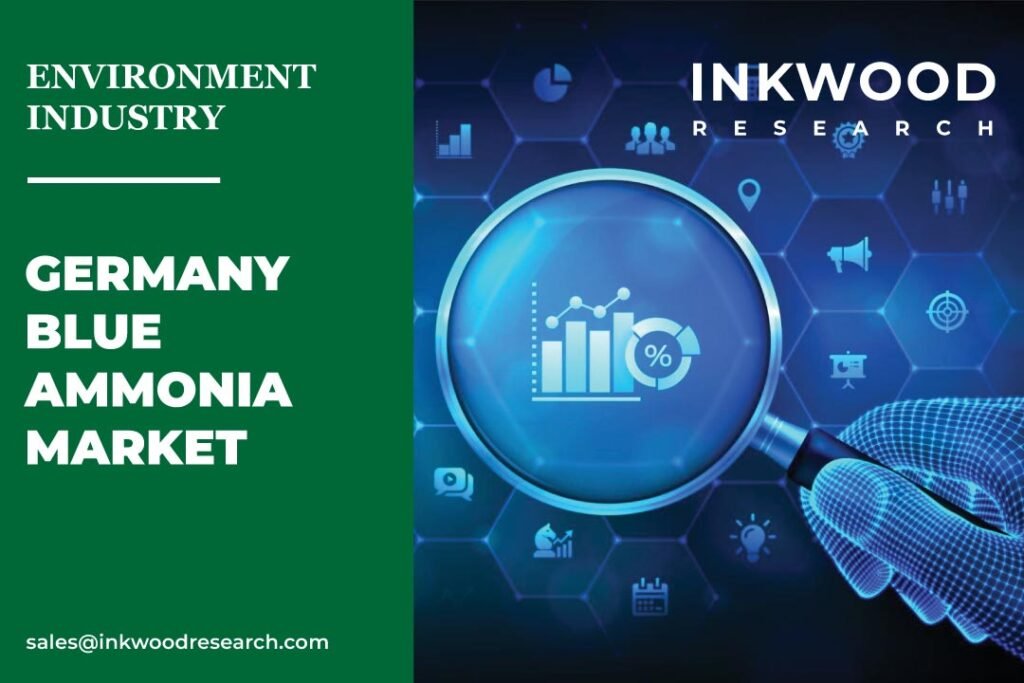
To Know More About This Report, Request a Free Sample Copy
Furthermore, various initiatives are promoting the adoption of blue ammonia in Germany. For instance, a Leipzig-based subsidiary of the German gas wholesaler VNG has entered into a letter of intent to acquire low-carbon ammonia from the Norwegian company Horisont Energi. This arrangement has the potential to address 3-10% of Germany’s hydrogen demand by 2030. VNG is set to commence the purchase of clean ammonia from Norway in 2028, potentially fulfilling 3-10% of Germany’s hydrogen requirements by 2030. The ammonia production in Norway will involve captured carbon being stored underground.
The Germany blue ammonia market segmentation includes application and technology. The application segment includes agriculture, power generation, hydrogen carrier, maritime transport, and other applications.
The maritime industry plays a significant role in global greenhouse gas emissions, making it imperative to explore cleaner alternatives. Blue ammonia has emerged as a promising fuel option, offering the advantage of zero carbon dioxide emissions at the point of use.
Some benefits of blue ammonia include reduced emissions, energy density, and versatility. In contrast to bunker fuel, the combustion of blue ammonia produces no CO2, significantly lessening the environmental impact of shipping. Blue ammonia exhibits a higher energy density than traditional fuels, potentially enhancing vessel range and efficiency. Moreover, it can be utilized in various engine types, including existing ones with adaptations, and holds potential applications beyond propulsion, such as auxiliary power and fuel cells.
As technology advances and costs decrease, blue ammonia may become a viable long-distance fuel option for cargo ships and tankers. Additionally, the suitability of smaller vessels for early adopters is enhanced by their shorter ranges and the potential for infrastructure development. Furthermore, the growing emphasis on sustainability in passenger transport could propel the adoption of blue ammonia in these sectors.
Furthermore, emerging as a promising option for transporting and storing hydrogen, blue ammonia, a compound of hydrogen and nitrogen, holds the potential to revolutionize energy systems. It offers a compelling solution for hydrogen transportation and storage, contributing to a cleaner and more sustainable energy future. With ongoing advancements, infrastructure development, and supportive policies, the blue wave of hydrogen may soon find momentum with the assistance of blue ammonia.
Some of the eminent companies in the Germany blue ammonia market are POSCO Holdings Inc, Shell, Yara International, etc.
Shell plc, formerly known as Royal Dutch Shell Plc, is an integrated company in the oil and gas sector. It engages in the exploration and production of oil and gas from both conventional fields and unconventional sources like tight rock, shale, and coal formations. The company operates refining and petrochemical complexes globally. Its product portfolio encompasses lubricants, bitumen, liquefied petroleum gas, as well as petrochemical products serving as raw materials for plastics, coatings, and detergents.
A significant contributor to biofuel production in Brazil, Shell also holds interests in various liquefied natural gas (LNG) and gas-to-liquids (GTL) projects. The company distributes its products directly and indirectly through a network of distributors across Europe, Asia, Oceania, Africa, North America, and South America, with headquarters in London, the United Kingdom.
REPORT SYNOPSIS
| REPORT SCOPE | DETAILS |
|---|---|
| Market Forecast Years | 2024-2050 |
| Base Year | 2023 |
| Market Historical Years | 2020-2022 |
| Forecast Units | Revenue ($ Million) |
| Segments Analyzed | Technology and Application |
| Countries Analyzed | Germany |
| Companies Analyzed | ExxonMobil, Ma’aden, Nutrien Limited, POSCO Holdings Inc, Shell, Yara International |
TABLE OF CONTENTS
RESEARCH SCOPE & METHODOLOGY
- STUDY OBJECTIVES
- METHODOLOGY
- ASSUMPTIONS & LIMITATIONS
EXECUTIVE SUMMARY
- MARKET SIZE & ESTIMATES
- COUNTRY SNAPSHOT
- COUNTRY ANALYSIS
- SCOPE OF STUDY
- MAJOR MARKET FINDINGS
- STEAM METHANE REFORMING (SMR) IS THE DOMINANT INDUSTRIAL PROCESS FOR PRODUCING HYDROGEN
- AGRICULTURE SECTOR IS ANTICIPATED TO ENCOMPASS MAJOR BLUE AMMONIA USAGE
MARKET DYNAMICS
- KEY DRIVERS
- SURGING EFFORTS FOR CARBON EMISSION REDUCTION
- INNOVATIVE INFRASTRUCTURE AND SUSTAINABLE SCALING OF BLUE AMMONIA PRODUCTION
- ADVANCING THE HYDROGEN ECONOMY FOR SUSTAINABLE ENERGY SOLUTIONS
- KEY RESTRAINTS
- COST CHALLENGES IN BLUE AMMONIA COMMERCIALIZATION
- LIMITED PUBLIC AWARENESS AND PROPRIETARY CONSTRAINTS
- CHALLENGES IN AMMONIA CLASSIFICATION AND STANDARD ADOPTION
- KEY DRIVERS
KEY ANALYTICS
- KEY MARKET TRENDS
- DECARBONIZING SOLUTIONS ACROSS AGRICULTURE AND OTHER INDUSTRIES
- ADVANCEMENTS IN TECHNOLOGY
- POLICY AND REGULATORY LANDSCAPE
- PESTLE ANALYSIS
- POLITICAL
- ECONOMICAL
- SOCIAL
- TECHNOLOGICAL
- LEGAL
- ENVIRONMENTAL
- PORTER’S FIVE FORCES ANALYSIS
- BUYERS POWER
- SUPPLIERS POWER
- SUBSTITUTION
- NEW ENTRANTS
- INDUSTRY RIVALRY
- MARKET CONCENTRATION ANALYSIS
- VALUE CHAIN ANALYSIS
- NATURAL GAS PRODUCTION
- AMMONIA PRODUCTION
- CARBON CAPTURE AND STORAGE (CCS)
- TRANSPORTATION AND STORAGE
- END-USE
- KEY BUYING CRITERIA
- COST
- CARBON FOOTPRINT
- INFRASTRUCTURE
- REGULATION
- SUPPLY CHAIN
- KEY MARKET TRENDS
MARKET BY TECHNOLOGY
- STEAM METHANE REFORMING (SMR)
- MARKET FORECAST FIGURE
- SEGMENT ANALYSIS
- AUTOTHERMAL REFORMING (ATR)
- MARKET FORECAST FIGURE
- SEGMENT ANALYSIS
- GAS PARTIAL OXIDATION
- MARKET FORECAST FIGURE
- SEGMENT ANALYSIS
- STEAM METHANE REFORMING (SMR)
MARKET BY APPLICATION
- AGRICULTURE
- MARKET FORECAST FIGURE
- SEGMENT ANALYSIS
- MARITIME TRANSPORT
- MARKET FORECAST FIGURE
- SEGMENT ANALYSIS
- HYDROGEN CARRIER
- MARKET FORECAST FIGURE
- SEGMENT ANALYSIS
- POWER GENERATION
- MARKET FORECAST FIGURE
- SEGMENT ANALYSIS
- OTHER APPLICATIONS
- MARKET FORECAST FIGURE
- SEGMENT ANALYSIS
- AGRICULTURE
COMPETITIVE LANDSCAPE
- KEY STRATEGIC DEVELOPMENTS
- MERGERS & ACQUISITIONS
- PRODUCT LAUNCHES & DEVELOPMENTS
- PARTNERSHIPS & AGREEMENTS
- COMPANY PROFILES
- EXXONMOBIL
- COMPANY OVERVIEW
- STRENGTHS & CHALLENGES
- MA’ADEN
- COMPANY OVERVIEW
- STRENGTHS & CHALLENGES
- NUTRIEN LIMITED
- COMPANY OVERVIEW
- STRENGTHS & CHALLENGES
- POSCO HOLDINGS INC.
- COMPANY OVERVIEW
- STRENGTHS & CHALLENGES
- SHELL
- COMPANY OVERVIEW
- STRENGTHS & CHALLENGES
- YARA INTERNATIONAL
- COMPANY OVERVIEW
- STRENGTHS & CHALLENGES
- EXXONMOBIL
- KEY STRATEGIC DEVELOPMENTS
LIST OF TABLES
TABLE 1: MARKET SNAPSHOT – BLUE AMMONIA
TABLE 2: GERMANY BLUE AMMONIA MARKET, BY TECHNOLOGY, FORECAST YEARS, 2024-2050 (IN $ MILLION)
TABLE 3: GERMANY BLUE AMMONIA MARKET, BY APPLICATION, FORECAST YEARS, 2024-2050 (IN $ MILLION)
TABLE 4: LIST OF MERGERS & ACQUISITIONS
TABLE 5: LIST OF PRODUCT LAUNCHES & DEVELOPMENTS
TABLE 6: LIST OF PARTNERSHIPS & AGREEMENTS
LIST OF FIGURES
FIGURE 1: KEY MARKET TRENDS
FIGURE 2: PORTER’S FIVE FORCES ANALYSIS
FIGURE 3: MARKET CONCENTRATION ANALYSIS
FIGURE 4: GERMANY BLUE AMMONIA MARKET, GROWTH POTENTIAL, BY TECHNOLOGY, IN 2024
FIGURE 5: GERMANY BLUE AMMONIA MARKET, BY STEAM METHANE REFORMING (SMR), 2024-2050 (IN $ MILLION)
FIGURE 6: GERMANY BLUE AMMONIA MARKET, BY AUTOTHERMAL REFORMING (ATR), 2024-2050 (IN $ MILLION)
FIGURE 7: GERMANY BLUE AMMONIA MARKET, BY GAS PARTIAL OXIDATION, 2024-2050 (IN $ MILLION)
FIGURE 8: GERMANY BLUE AMMONIA MARKET, GROWTH POTENTIAL, BY APPLICATION, IN 2024
FIGURE 9: GERMANY BLUE AMMONIA MARKET, BY AGRICULTURE, 2024-2050 (IN $ MILLION)
FIGURE 10: GERMANY BLUE AMMONIA MARKET, BY MARITIME TRANSPORT, 2024-2050 (IN $ MILLION)
FIGURE 11: GERMANY BLUE AMMONIA MARKET, BY HYDROGEN CARRIER, 2024-2050 (IN $ MILLION)
FIGURE 12: GERMANY BLUE AMMONIA MARKET, BY POWER GENERATION, 2024-2050 (IN $ MILLION)
FIGURE 13: GERMANY BLUE AMMONIA MARKET, BY OTHER APPLICATIONS, 2024-2050 (IN $ MILLION)
FAQ’s
RELATED REPORTS
-
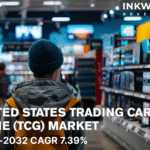
UNITED STATES TRADING CARD GAME (TCG) MARKET FORECAST 2025-2032
-
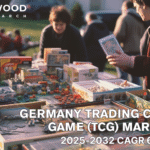
GERMANY TRADING CARD GAME (TCG) MARKET FORECAST 2025-2032
-

CHINA TRADING CARD GAME (TCG) MARKET FORECAST 2025-2032
-

INDIA WIND ENERGY MARKET FORECAST 2025-2032
-

INDIA SOLAR ENERGY MARKET FORECAST 2025-2032
-

INDIA GREEN HYDROGEN MARKET FORECAST 2025-2032
-

INDIA GREEN BUILDING MATERIAL MARKET FORECAST 2025-2032
-
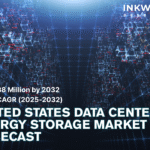
UNITED STATES DATA CENTER ENERGY STORAGE MARKET FORECAST 2025-2032
-
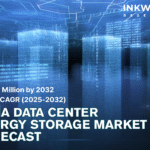
INDIA DATA CENTER ENERGY STORAGE MARKET FORECAST 2025-2032
-
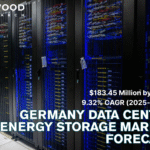
GERMANY DATA CENTER ENERGY STORAGE MARKET FORECAST 2025-2032
